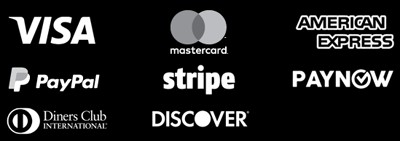Bespoke Printing Solutions
Crafted with Precision, Tailored for You
Looking for something truly unique? Our bespoke printing service is designed to meet your exact specifications, offering endless customization options for materials, finishes, and print techniques. Whether it’s for luxury business cards, exclusive invitations, or custom packaging, we turn your ideas into reality with meticulous attention to detail and top-tier craftsmanship.
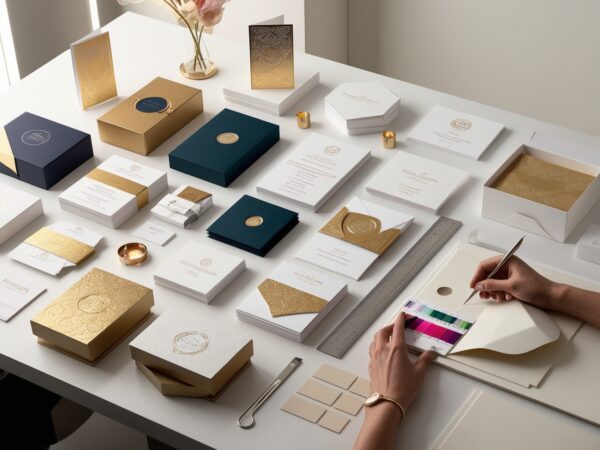
Bespoke Printing Services to Match Your Vision
At Printing.com.sg, we understand that no two projects are alike. Our bespoke service is created for those who want to go beyond standard print options and achieve a unique look that stands out. From personalized business stationery to custom event materials, we offer the flexibility and expertise to meet your requirements with the highest standards of quality.
Why Choose Our Bespoke Service?
-
Tailored Solutions for Any Project
Whether you need a specific material, size, or finish, we work closely with you to ensure every detail aligns with your vision. Our team is equipped to handle everything from special die-cut shapes to complex folding and assembly. -
Wide Range of Customization Options
Choose from a variety of premium materials, specialty coatings, and finishes, including embossing, hot stamping, spot UV, lamination, and more. Need a custom Pantone color or an unusual print format? We have you covered. -
Expert Guidance Every Step of the Way
Our experienced team will guide you through the process, from concept to completion, ensuring that your project is executed seamlessly. If you’re unsure of where to start, we provide recommendations to help you select the perfect print options. -
Quality and Attention to Detail
We pride ourselves on delivering exceptional quality with every project. Each print is produced with state-of-the-art equipment and meticulous quality control, guaranteeing results that exceed expectations.
What Can We Create?
- Luxury Business Cards: Stand out with bespoke business cards featuring unique shapes, luxurious paper stocks, and specialty finishes.
- Custom Invitations: Make a lasting impression with wedding invitations, event announcements, and greeting cards tailored to your style.
- Corporate Stationery: From letterheads to branded folders, create cohesive and professional stationery sets.
- Premium Marketing Collaterals: Elevate your brand’s image with high-end brochures, presentation folders, and custom promotional materials.
- Packaging Solutions: Create eye-catching packaging that perfectly represents your brand’s identity.
No matter the size or complexity of your project, our bespoke printing service is here to help you achieve a result that is as unique as your business.
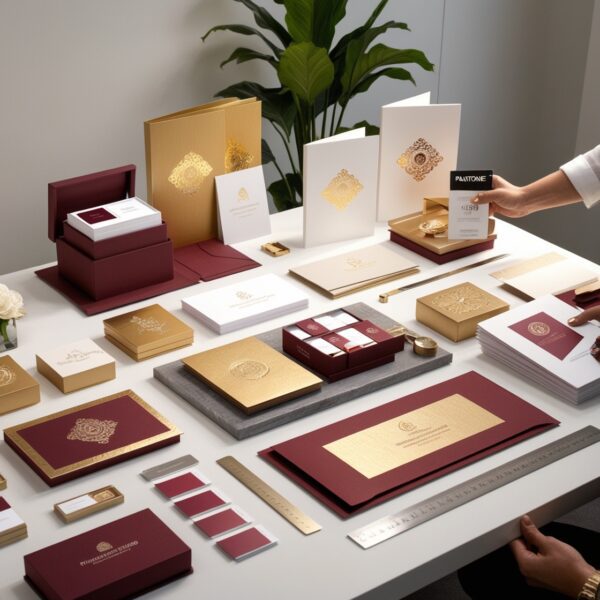
How It Works: Get a Quote in 3 Simple Steps
We’ve streamlined the process to make it as easy as possible for you to request a bespoke quote. Simply click the "Instant Quote Request" button and follow these quick steps:
-
Tell Us About Your Project
Fill in the form with details about your printing needs, including the type of print, material preferences, desired finishes, and any specific requirements. The more information you provide, the more accurately we can tailor the quote. -
Upload Your Design Files
Attach any design files or images to give us a clear understanding of your project. If you’re not sure what you need, our team can guide you in selecting the best materials and options to suit your design. -
Receive Your Bespoke Quote
Once we receive your request, a member of our bespoke team will review your specifications and get back to you within 24 hours with a detailed quote. If we need more information, we’ll reach out to ensure everything is clear before proceeding.
Ready to Get Started? Click the button below to request your custom quote and let us bring your vision to life!
Our Valued Clients
We are proud to collaborate with a diverse range of clients from various industries. Below are some of the respected brands and businesses that trust us with their printing and design needs. Together, we help bring their visions to life with high-quality, custom solutions.
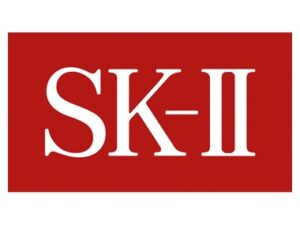
SKII
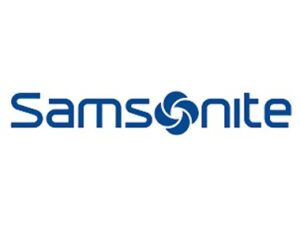
Samsonite
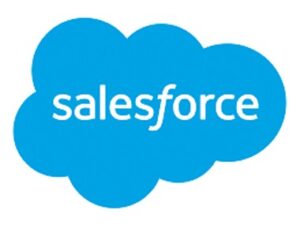
Salesforce
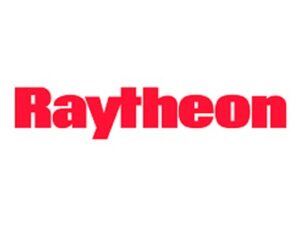
Raytheon
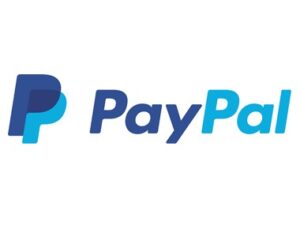
Paypal
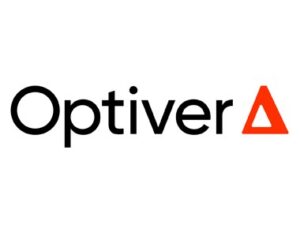
Optiver
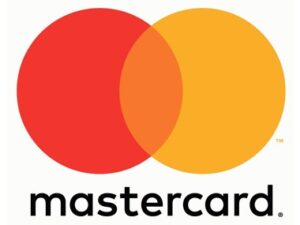
Mastercard
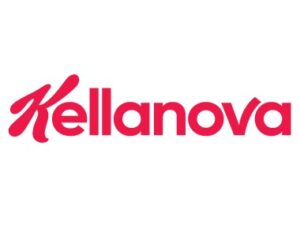
Kellanova
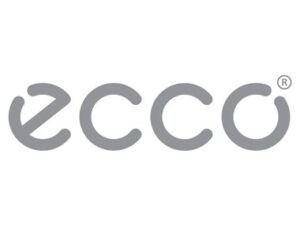
Ecco
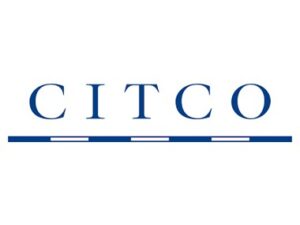
Citco Fund
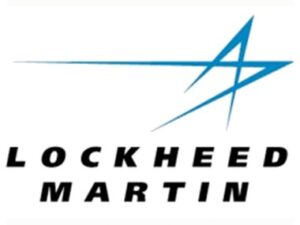
Lockheed Martin
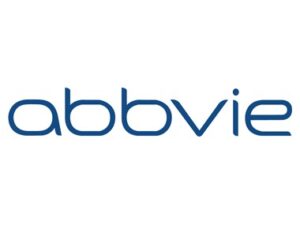
Abbvie
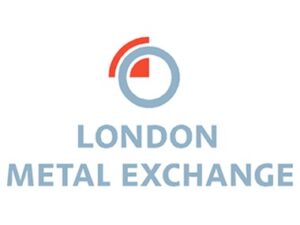
London Metal Exchange
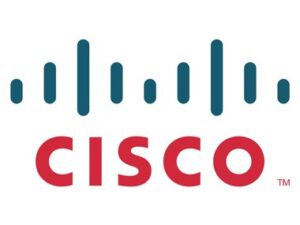
Cisco Systems
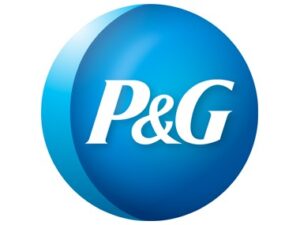
Procter & Gamble
Explore Our Knowledge Base
Answers to Your Most Common Printing Questions, All in One Place Our Knowledge Base is here to provide clear and comprehensive answers to your most frequently asked questions. Learn more about our products, ordering process, and printing techniques with step-by-step guides, detailed tutorials, and troubleshooting tips. Empower yourself with the information you need to make informed decisions for your next print order.
Latest Insights from Our Blog
Stay informed with industry trends, printing tips, and design inspiration! Discover valuable insights, helpful guides, and creative ideas in our blog. From choosing the right printing materials to optimizing your designs for different products, our articles are crafted to help you get the most out of your print projects. Whether you're a small business owner or a creative professional, find inspiration to elevate your brand with every read.
Frequently Asked Questions
6. General FAQs about Printing Services
- 1. What Types of Printing Services Are Available?
Printing services are categorized based on the method used and the type of materials being printed. Common types include:
- Digital Printing: Ideal for short print runs and quick turnarounds. Best for business cards, flyers, and personalized items like direct mail.
- Offset Printing: Great for high-volume jobs. Offers consistent, high-quality results and is more cost-effective for larger quantities.
- Large Format Printing: Used for banners, posters, and other oversized materials. Typically done on vinyl, fabric, or heavy-duty paper.
- Screen Printing: Often used for apparel and promotional items like T-shirts and tote bags.
- Custom Finishing: Services that add extra touches to your printed materials, such as lamination, embossing, spot UV, or foil stamping.
- 2. What Are the Most Commonly Printed Materials?
Businesses typically print a wide range of materials depending on their needs. Some of the most common include:
- Business Cards: A must-have for networking and brand promotion.
- Flyers and Brochures: Used to promote services, products, or events.
- Posters and Banners: Large-format printing for events, retail displays, or outdoor advertising.
- Packaging and Labels: Custom boxes, labels, and tags for products.
- Catalogs and Booklets: Detailed product listings or company information for clients or customers.
- Invitations and Stationery: Ideal for events, weddings, or corporate correspondence.
- 3. What Is the Difference Between Digital and Offset Printing?
- Digital Printing: Uses modern technology to print directly from a digital file. It’s perfect for short runs (e.g., under 500 units) and projects that require variable data, like personalized mailers.
- Best For: Small quantities, quick turnaround times, personalized items.
- Pros: No setup fees, ideal for short runs, fast.
- Cons: Higher cost per unit for large volumes compared to offset.
- Offset Printing: Involves creating printing plates for each color, which are then used to transfer ink to the material. It’s best for large print runs where consistency and cost-efficiency are key.
- Best For: High-volume projects like magazines, catalogs, or large batches of business cards.
- Pros: Lower cost per unit for large quantities, superior color consistency.
- Cons: Longer setup time, more expensive for short runs.
- 4. How Can I Ensure the Best Print Quality?
To achieve the best print quality, follow these steps:
- Resolution: Use high-resolution images (at least 300 DPI) to avoid pixelation or blurriness.
- Color Mode: Ensure your design files are in CMYK (Cyan, Magenta, Yellow, Black) color mode for printing. RGB is used for digital displays and can cause inaccurate colors when printed.
- Bleed Area: Add a bleed area (usually 3-5mm) to your design. This ensures no white edges appear after trimming.
- Proofing: Always request a proof (either digital or hard copy) before printing to catch errors or color inconsistencies.
- Paper Quality: Choose a paper type that suits your project, such as glossy, matte, or textured paper.
- 5. How Do I Submit Files for Printing?
Most printing services accept a variety of file formats. The most common formats include:
- PDF: Ideal for maintaining quality and formatting across different devices. Ensure the file is set up with the correct dimensions and in CMYK color mode.
- TIFF: Good for high-quality image printing.
- EPS: Used for vector graphics (logos, illustrations).
- JPG/PNG: Acceptable for images, but ensure the resolution is high enough (300 DPI) for printing.
When submitting files, be sure to:
- Embed all fonts or convert them to outlines.
- Ensure images are high-resolution and properly placed.
- Include a bleed area if your design extends to the edge of the paper.
- 6. What Is a Print Proof, and Why Do I Need One?
A print proof is a sample of your printed material that allows you to review the design before the full print run begins. It ensures that colors, text, and images appear as expected.
- Digital Proof: A PDF or digital version of your design that you review on-screen.
- Best For: Simple projects where color matching isn’t crucial.
- Hard Proof: A physical sample of your printed material.
- Best For: Projects where color accuracy, paper quality, and finishing are critical (e.g., packaging or high-end brochures).
Proofing helps catch mistakes or adjustments before committing to the entire print run, saving you time and money.
- 7. How Long Do Printing Projects Typically Take?
The turnaround time for printing services depends on the complexity and size of the project. Common turnaround times include:
- Same Day or Next Day: Available for simple digital printing jobs, like business cards or flyers.
- 2-3 Days: Common for larger digital print runs, brochures, or postcards.
- 5-7 Days: For offset printing or projects requiring special finishes (e.g., lamination, foil stamping).
- 7-10 Days: Large format printing, custom packaging, or bulk orders may take longer depending on the size and complexity of the project.
Rush services are often available at an additional cost if you need materials quickly.
- 8. What Are the Best Paper Options for Printing?
Choosing the right paper is essential to achieving the desired look and feel for your printed materials. Here are some common paper types:
- Gloss Paper: Shiny and smooth, ideal for vibrant images and photos. Great for brochures, posters, and magazines.
- Matte Paper: Non-glossy, with a smooth finish. It’s great for professional documents, business cards, or reports.
- Textured Paper: Adds tactile quality, perfect for invitations, stationery, and premium marketing materials.
- Recycled Paper: Eco-friendly option, suitable for businesses looking to reduce their environmental footprint. It comes in various weights and finishes.
The weight of the paper, measured in GSM (grams per square meter), also affects its feel and durability. Heavier weights (e.g., 300gsm) are often used for business cards or packaging, while lighter weights (e.g., 100gsm) are common for flyers and brochures.
- 9. What Is Variable Data Printing?
Variable Data Printing (VDP) is a digital printing technology that allows you to customize each printed piece with unique information. It’s commonly used for:
- Personalized Direct Mail: Each letter or postcard can include the recipient’s name and tailored content.
- Event Invitations: Customize invitations with individual guest names and details.
- Promotional Materials: Use unique discount codes or offers on each item.
VDP is ideal for marketing campaigns where personalization can increase engagement and conversion rates.
- 10. How Much Does Printing Typically Cost?
The cost of printing varies based on several factors:
- Quantity: Bulk orders often benefit from lower costs per unit.
- Printing Method: Digital printing tends to be more affordable for small print runs, while offset printing is more cost-effective for larger orders.
- Paper Quality: Premium paper and special finishes (e.g., gloss, lamination) add to the cost.
- Custom Features: Special requests like die-cutting, foil stamping, or embossing will increase the price.
- Turnaround Time: Rush orders often come with additional fees.
Always ask for a detailed quote that includes setup costs, unit pricing, and shipping fees to understand the full cost of your project.
We’re here to Assist you every step of the way
Contacting Printing.com.sg is easy and convenient. Simply fill out the form with your details and a brief description of your inquiry. Our responsive team will get back to you promptly, ensuring that you receive the personalized attention and support you deserve.

